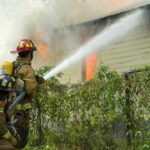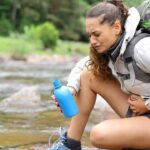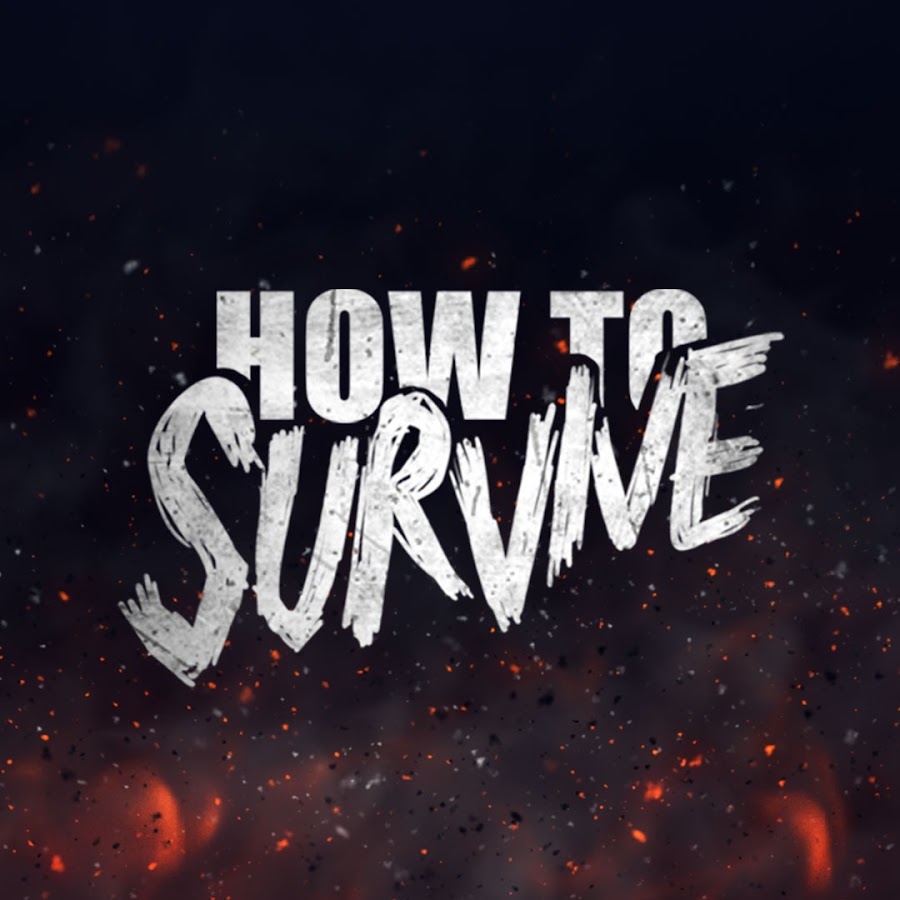When a disaster drives us from the shelter of our homes, forced to dash, the family is tied to whatever items they may have in store. In the middle of summer, marching with stout packs strapped to their backs, the weather is ripe for someone succumbing to heat exhaustion or heat stroke. Winter conditions present problems from the opposite end of the spectrum, exposing anyone without shelter to freezing temperatures, temperatures that an unprepared body cannot cope with. Layered on top of these concerns and the possibility of injury is the specter of the shock that anyone can be the victim of any body-shaking event. Regarding these issues,
In the third of the four-part first aid series, we’ll delve into recognizing the signs and symptoms of traumatic shock, heat stroke, hypothermia, and frostbite and how to provide initial treatment and care for those affected by these conditions.
First aid for shock
ITEMS NEEDED:
- Blankets
- Extra clothes or sleeping bag
- An object to prop up the legs
Assume shock will occur with any traumatic injury, after significant blood loss, may accompany heat stroke, or potentially any other body-shaking incident. Shock occurs when there is not enough blood circulating throughout the body. It can cause organ shutdown and heart failure. Left untreated can lead to permanent organ damage or even death.
Keep in mind that signs of shock include:
- cold, clammy skin
- pale appearance
- Rapid pulse and breathing
- Nausea and possibly vomiting.
- Dilated pupils
- Weakness, lightheadedness, or fainting
- Behavior changes with increased anxiety or agitation and confusion.
After any traumatic injury or if any of these symptoms are present, take the following precautions to avoid shock:
- Lay the victim down and raise the legs above the level of the heart. The legs do not need to be raised very high in this position. Rest the pad on a couple of pillows or another person’s lap. This will improve blood flow to the brain and core of the body. (Do not attempt if there is a head, neck, torso, hip, or leg injury)
- Loosen tight or restrictive clothing.
- Keep the victim warm by covering them with a blanket or extra clothing, and do not move them unless there is imminent danger.
- If the victim is vomiting or bleeding from the mouth, turn him on his side. If injuries prevent this, turn the person’s head and take steps to ensure they do not suffocate.
- Provide first aid for apparent injuries.
- Seek medical attention as soon as possible.
If you find yourself alone in such a situation, surprise yourself by following the same steps. Raise your legs above your heart or enter a descending (downhill) position. Stay warm by covering yourself with a blanket or getting into a sleeping bag.
***Always assume that shock is a threat and take precautions to avoid its occurrence***
Heat stroke and hypothermia
An emergency shelter could offer shade from the heat or protection from the cold to help treat heat stroke or hypothermia.
Heat stroke (or hyperthermia) and hypothermia are on opposite ends of the spectrum, but they deserve the same caution and attention. Both are instances of a body unable to regulate a stable temperature, either unable to cool down or heat up, likely caused by external conditions.
Heatstroke
ITEMS NEEDED:
- Cold water
- Cloth to wet
- Ice packs (optional)
- Shaded or air-conditioned area
- Non-alcoholic and caffeine-free drinks
Heatstroke occurs when your body temperature rises to abnormally high levels, and you cannot cool down. The condition usually occurs due to overexertion while not drinking enough fluids or being in a superheated environment for too long. Older people often become heat stroke victims in residences without air conditioning during summer. Too often, people who exert themselves in high temperatures ignore the initial signs until it becomes life-threatening, with the potential to cause damage to the brain and vital organs. The signs and symptoms of this form of hyperthermia are:
- Sudden dizziness
- Confusion
- Irritability
- Difficulty speaking or murmuring after a prolonged period in a hot environment
- Hot, dry skin or lack of sweating.
- Reddened skin
- Rapid pulse
- Fast breathing
- Headache
- Muscle cramps
- Nausea and vomiting
- Fainting (possibly the first sign in older adults)
- Fever of 104 F or higher
Seek medical attention if more severe symptoms develop, if the person does not respond to first aid, or if symptoms worsen. First aid efforts focus on cooling the person down in any way possible. In either case, start first aid immediately;
- Remove a person from heat, shade, or an air-conditioned area.
- Take off unnecessary clothing.
- Sponge with cold water.
- Ventilate while fogging with cold water.
- Place ice packs or cold towels on the neck, armpits, and groin.
- Cover with cool, damp sheets.
- If conscious and able, allow non-alcoholic and non-caffeinated fluids (approximately 32 fl oz (1 L) to 64 fl oz (2 L) over 1 to 2 hours)
DO NOT immerse the victim in cold, icy water.
Protect yourself against the onset of heat stroke by being aware of your surroundings, the temperature, and the physical exertion to which you and your family are subjected. Drink plenty of water while avoiding alcoholic and caffeinated fluids due to their dehydrating qualities. Watch for symptoms of exhaustion and heat stroke.
An emergency blanket can help with shock and hypothermia
Hypothermia
ITEMS NEEDED:
- Warm and dry shelter
- Dry covers (blanket, sleeping bag, extra clothes)
- Non-alcoholic and non-caffeinated beverages (if the person is conscious)
When a person’s body cannot produce enough heat to counteract heat loss, hypothermia will set in at varying levels of severity. An older adult or minor child left in a cold room overnight can develop mild hypothermia. As hypothermia worsens, pronounced symptoms appear:
- Tremors (a sign that the person’s heat regulation system is still working) but may stop as hypothermia worsens
- Slow, shallow breathing
- Difficulty speaking or mumbling
- Tripping on hands or stumbling, general loss of coordination
- Confusion and memory loss.
- A slow or weak pulse
- With severe hypothermia, a person may be unconscious with no apparent signs of breathing or a pulse.
- Observe babies with cool-to-the-touch skin, bright red appearance, and low energy.
With the onset of these symptoms, begin providing first aid to the victim(s):
- Help the person to a warm, dry place. The closest place may be a tent or other temporary shelter.
- Remove your wet clothes and replace them with dry clothes, blankets, or a sleeping bag.
- Offer hot, non-alcoholic, non-caffeinated liquids if the person can drink.
If shelter is unavailable and you are exposed to the elements, locate a location out of the wind. Build a fire to warm the person and yourself. If a sleeping bag and tarp are available, zip the person up in the sleeping bag and wrap them up to help reduce heat loss.
Freezing
ITEMS NEEDED:
- Warm and dry shelter
- Lukewarm water or another hot heat source
- Dry sterile dressing
- Gauze or cotton balls
Typically on the extremities (fingers and toes), as well as the ears, noses, and cheeks, the skin first becomes cold and red, then numb, and finally hard and pale when the tissue has frozen. While there is little first aid for the latter, there are actions to take before a frostbite occurs and the person can receive medical attention;
- Retire to a warm place and remove your wet clothing.
- Avoid walking with frozen feet or toes.
- Only try to warm the affected areas if you can keep them warm. Chilling and overheating can cause further damage.
- Use lukewarm (not hot) water to warm the affected area or an alternate heat source until the skin appears red and warm. Another option is to hold the problem area to your body and breathe into your cupped hands.
- Do not expose to direct heat from heating pads, radiators, or fire.
- Do not try to rub or massage the affected area or break the blisters.
- I use a loosely wrapped, dry sterile bandage to bandage the area. Place gauze or another sterile dressing between the toes or fingers to separate them.
Take these lessons, familiarize yourself with the steps provided, include the family in your practice, and keep them in a safe place to refer to when problems arise. Then stay tuned for the fourth and final installment in our First Aid for Preppers series as we look at insect and animal bites and stomach bugs causing so much trouble at the worst possible times.










